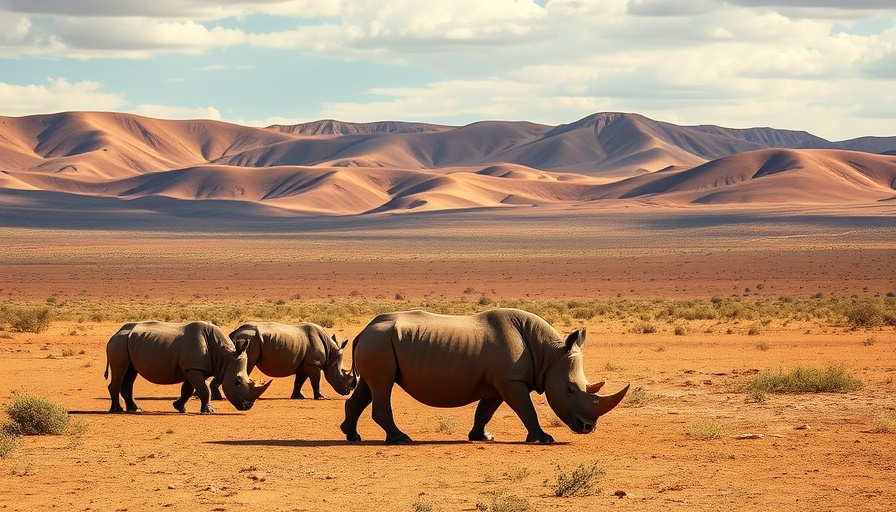
Understanding Dining Purchases: More Than Just Restaurants
When it comes to maximizing rewards on your Chase Sapphire Preferred or Chase Sapphire Reserve credit cards, knowing what qualifies as a dining purchase is crucial. While one might assume that only traditional sit-down restaurants are eligible, the reality is much broader. According to Chase, the definition of dining encompasses a range of establishments that serve food and drinks, which opens up a wealth of potential points-earning opportunities.
What Counts as Dining?
Chase classifies "restaurants" as merchants whose primary business is related to sit-down or eat-in dining. While this includes a variety of eateries from fast food chains to fine dining, there are some notable exceptions to keep in mind. For instance, establishments that primarily sell food but don't fall into the dining category—like grocery stores or bakeries—won't qualify unless they have set up a merchant category specifically for restaurants. However, bars and coffee shops, even those that don’t offer full meals, generally classify as dining purchases. This inclusive definition means that your morning latte at Starbucks or a nightcap at a local bar can help you rack up those vital reward points.
Ordering In? Don’t Miss Out on Points
One of the most appealing aspects of the Chase Sapphire cards is how they treat delivery and takeout services. As long as the service operates under a merchant category labeled as a restaurant, you'll earn rewards on those purchases too. Popular delivery services like DoorDash and Uber Eats often fall within this category, allowing you to enjoy your favorite meals at home while still earning 3 points per dollar spent.
Unlocking the Full Potential of Your Chase Rewards
The Chase Sapphire Preferred and Reserve offer not only dining rewards but also substantial points for travel-related expenses. When booking flights or hotels through these cards, cardholders can earn 4 points per dollar, while all travel purchases earn 2 points per dollar with the Preferred Card. Understanding which expenses count as dining allows savvy users to maximize their rewards potential.
Dining Purchases During Travel: Earning While Enjoying
Dining while traveling is another excellent way to capitalize on your card’s benefits. Many visitors enjoy exploring local cuisines, and if you’re using your Sapphire card abroad, it's crucial to note which establishments might qualify. Knowing where to eat for maximum rewards can enhance your travel experience and boost your point balance for your future travels.
Tips for Maximizing Rewards
To make the most of your dining rewards, keep these tips in mind:
- Keep Records: Maintain a list of establishments that you frequently visit to ensure they classify under dining. This helps in making more informed purchases.
- Check Categories: Before making purchases, check if a merchant qualifies as a restaurant, especially when trying new places.
- Utilize Promotions: Stay updated on special promotions where Chase often enhances points for certain dining categories, especially on popular holidays.
Taking full advantage of the Chase Sapphire Preferred and Reserve cards' dining rewards can significantly amplify your points and travel experiences. Remember that this knowledge not only maximizes your current spending but also sets the stage for enriched future travel adventures.
Your Dining Choices Matter!
By understanding which purchases count as dining with your Chase Sapphire card, you can make smarter choices that benefit you in the long run. Whether you’re dining out or ordering in, there are ample opportunities to earn those precious ultimate rewards points.
 Add Row
Add Row  Add
Add 



Write A Comment